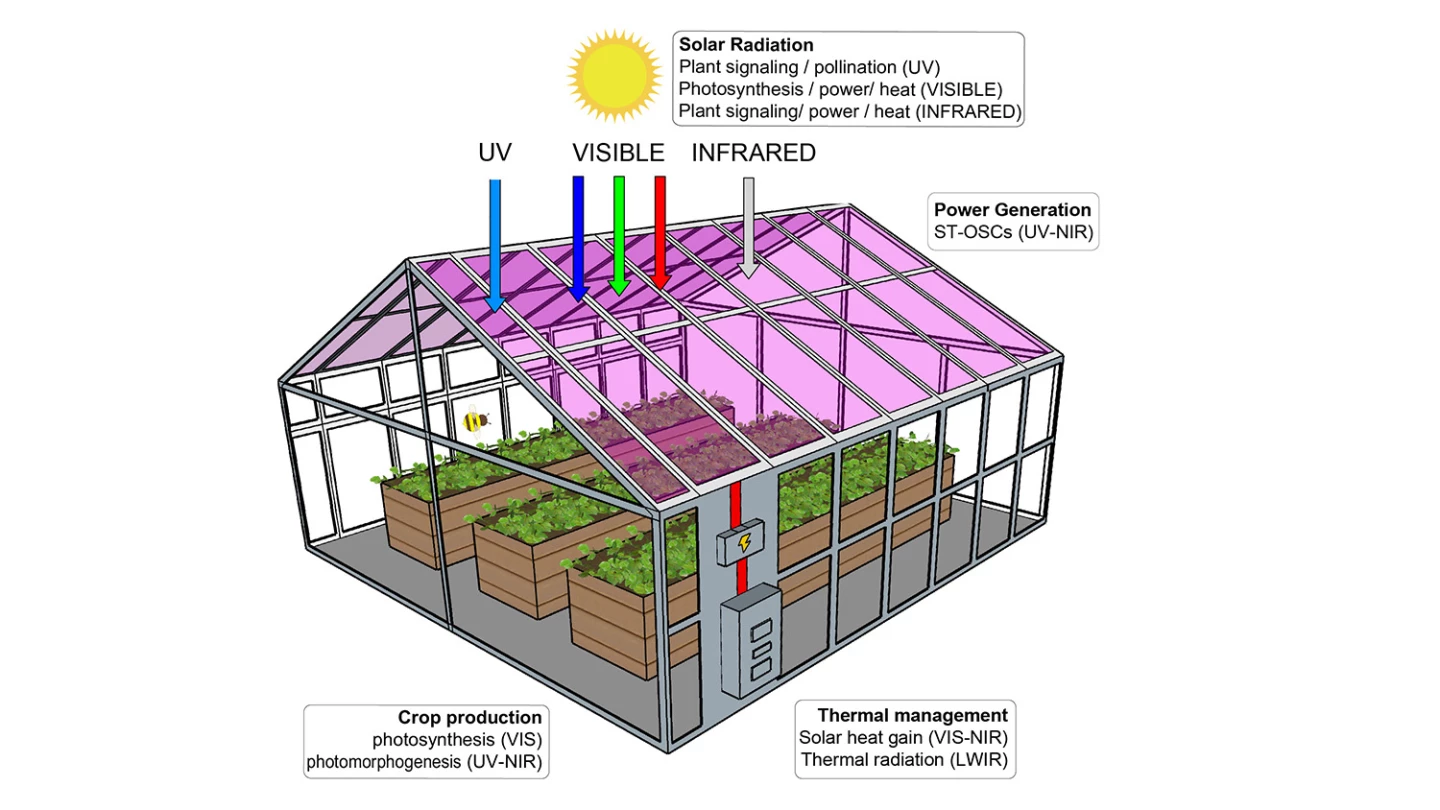Advances in transparent solar cells mean that soon we might be able to install them into windows and greenhouses. But in the latter case, would they deprive plants of vital sunlight? To find out, researchers at North Carolina State University grew lettuce under various wavelengths of light, and found that the plants did just fine.
Organic solar cells are emerging as a viable system for renewable energy, thanks to a number of advantages. They can be more flexible than other technologies, be made transparent or semi-transparent, and the wavelengths of light they harvest can be adjusted.
In theory, that could make them perfect for embedding into greenhouse roofs. There, these organic solar cells could capture certain wavelengths of light while still allowing some of it to pass through to the plants below. In a previous study, the NC State team investigated how much energy this kind of setup could produce, and found that it could be enough to make greenhouses energy neutral.
But of course there’s one big piece of that puzzle missing – nobody asked the plants how it affected them. So that was the focus of the new work.

The researchers grew groups of red leaf lettuce in greenhouses for 30 days, which took them up to full maturity. The different groups were all exposed to the same growing conditions, such as temperature, water, fertilizer and CO2 concentration. The only difference was light.
The lettuces were split into four groups – a control group that received regular white light, and three experimental groups that grew under light passed through different filters. These changed the ratio of red to blue light that they received, to mimic wavelengths that would be blocked by transparent solar cells.
Then the team monitored several markers of plant health, including number and size of leaves, weight, how much CO2 they absorbed and the levels of antioxidants they contained. And perhaps surprisingly, it turns out that the lettuces thrived regardless of what type of light they received.
“Not only did we find no meaningful difference between the control group and the experimental groups, we also didn’t find any significant difference between the different filters,” says Brendan O’Connor, co-corresponding author of the study.
The team says that it’s currently working on testing the effects of blocking different wavelengths of light on other crops, like tomatoes.
The research was published in the journal Cell Reports Physical Science.
Source: North Carolina State University





